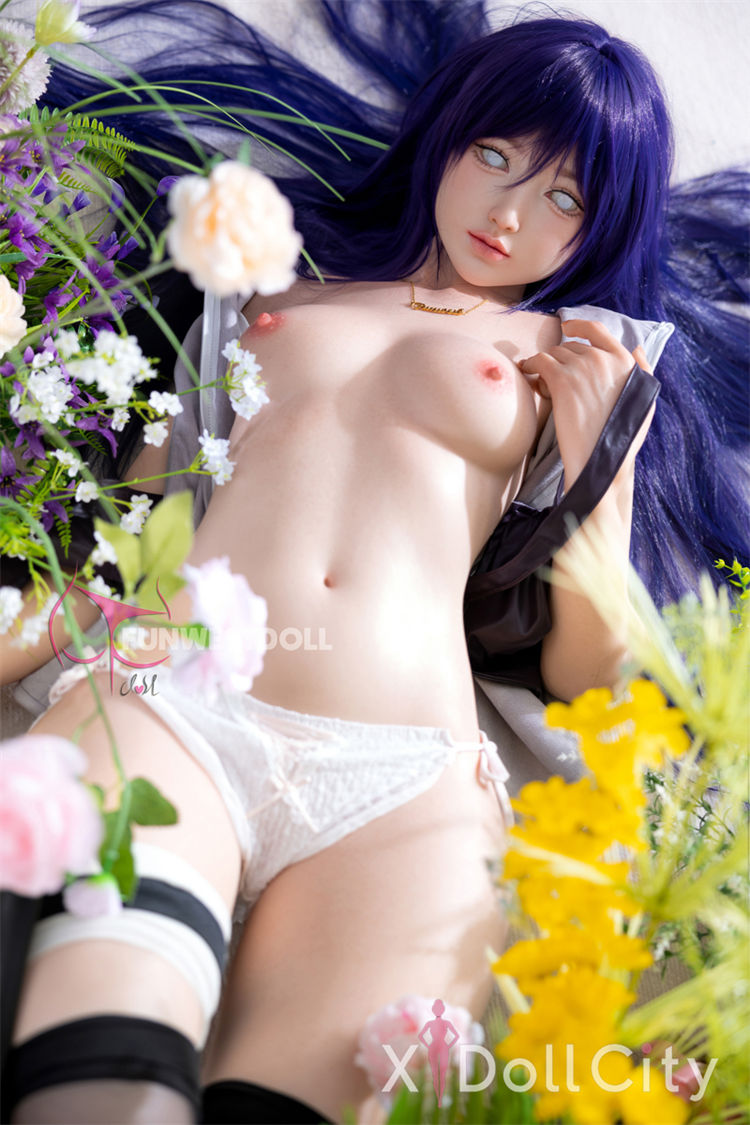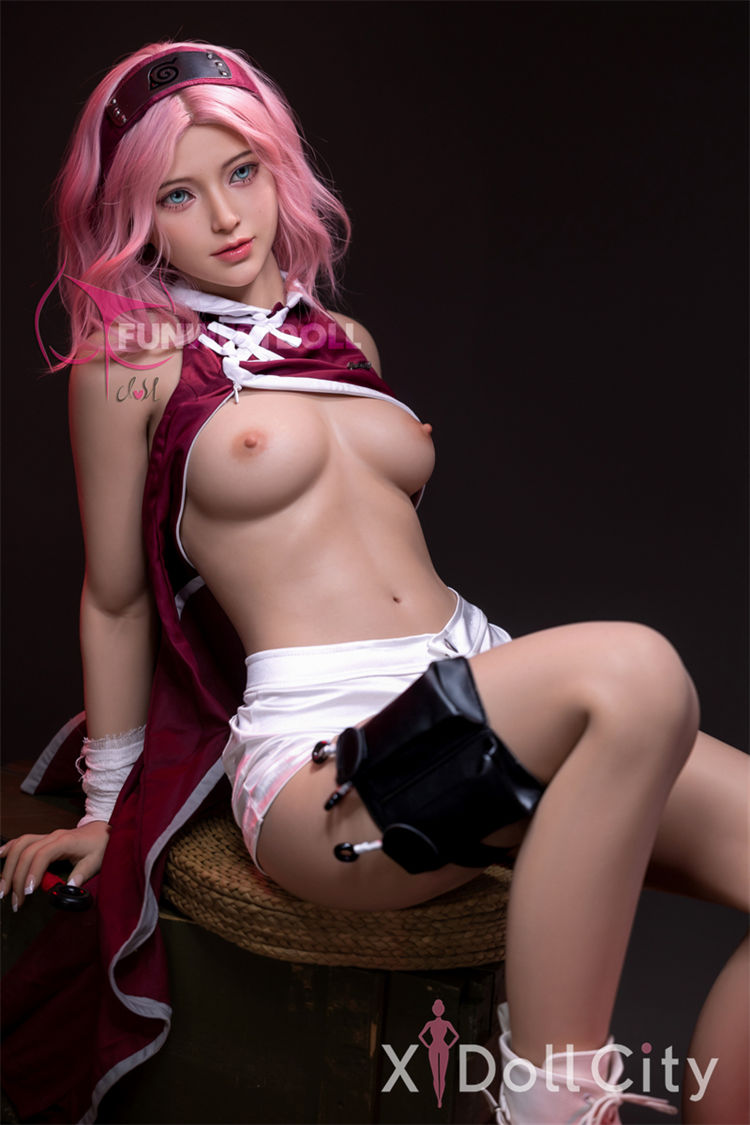Bathykolpian
Bathykolpian: A Word That Celebrates the Deep Bosomed Form
The term Bathykolpian originates from Greek roots—“bathy” meaning deep and “kolpos” referring to the bosom or chest. Literally translated, it means “deep-bosomed.” Historically, the word has been used to describe women with full, prominent breasts, often as a symbol of fertility, sensuality, and classic beauty.
While it’s an uncommon word today, bathykolpian carries an air of elegance and subtle sensuality. Rather than being crude or objectifying, the term reflects how ancient languages celebrated feminine curves as natural expressions of vitality and allure. In literature and art, it often appeared as a poetic way to depict womanly beauty and emotional warmth.
Bathykolpian in Modern Context
In modern discussions of body image and attraction, “bathykolpian” has taken on a more symbolic meaning. It’s not just about physical form—it represents confidence, softness, and the aesthetic of abundance. In a world where body ideals shift constantly, embracing a bathykolpian figure can signify self-acceptance and pride in one’s natural body.
The concept also aligns with the broader movement of celebrating diversity in physical expression. Whether through fashion, photography, or art, the bathykolpian form remains timeless—associated not merely with desire but with comfort, nurturing energy, and sensual confidence.
FAQ
What does bathykolpian mean?
Bathykolpian means “deep-bosomed,” describing a person—typically a woman—with full or prominent breasts. The term originates from ancient Greek roots.
Is bathykolpian considered a compliment?
Yes, traditionally it is. The word is used poetically to praise full-breasted beauty, often in a refined or literary context rather than a sexualized one.
Where does the term bathykolpian come from?
It comes from Greek: bathy (deep) and kolpos (bosom). The word historically appeared in classical descriptions of beauty and art.
Can bathykolpian describe men?
While originally used to describe women, it can theoretically apply to any figure with a deep or broad chest, though its traditional association is feminine.
Is the word bathykolpian still used today?
It’s rare in everyday speech but sometimes appears in literary, artistic, or descriptive writing, especially when evoking classical or sensual imagery.
















